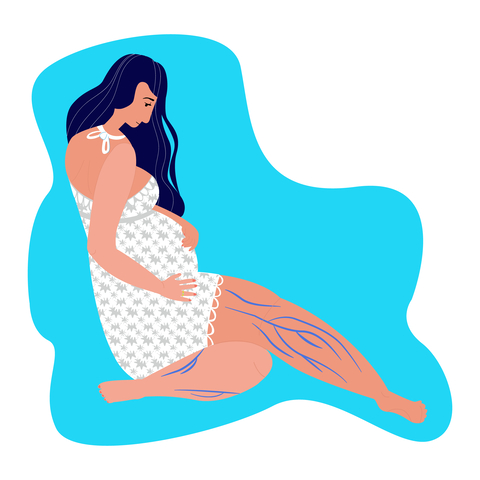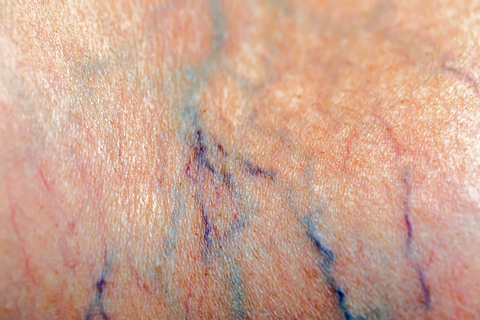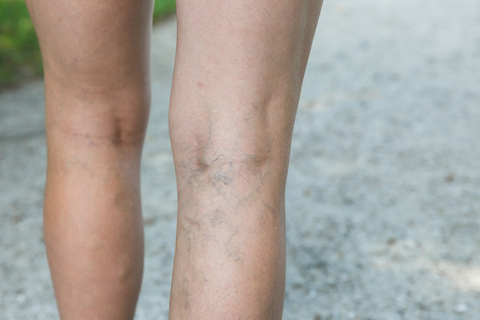
Illustration 188340471 © Victoria Sokolova | Dreamstime.com
What is a varicose vein?
A varicose vein is the dilated purple/blue-green veins that can be seen most often on the legs. It is caused by a valve in the vein that is not working efficiently to move blood back to the heart. As a result, blood drains back down the legs and pools together to cause varicose veins. It can cause no symptoms, or it can cause itching, swelling, burning, aching, throbbing pain and in worse case scenarios, it can cause discolouration on the skin, bleeding, clotting and ulceration. While it mostly occurs in the legs, it can also occur in the buttocks or vulva area and also within the pelvis as well.
Why does it cause problems in pregnancy?
While varicose veins are often seen in older people, it often start to develop problems with varicose veins in their pregnancy. This occurs because1:
1) Hormones – the surge in hormones helps the development of varicose veins because it dilates the blood vessels to help accommodate the increased blood volume that is required in pregnancy
2) Foetus – the growing foetus in the abdominopelvic cavity causes increased pressure on the veins in the pelvis and lower limbs increasing the risk of valve failure
3) Blood volume – the increase the blood volume causes increase central venous pressure and can also contribute the valve failure and varices forming
4) Multiple pregnancies – the more pregnancies a woman has, the more cumulative stress on the veins and the potential worsening of varicose veins over time
Do they go away after pregnancy?
For the women whose varicose veins developed during pregnancy, these will often subside within 3-4 months after birth. But for some women, who had varicose veins prior to pregnancy, these often do not resolve, may worsen, and may require treatment if they cause symptoms.
Can I prevent varicose veins from developing?
Unfortunately, there is nothing that has been found, to significantly prevent then development of varicose veins in pregnancy. Compression stockings were touted to be a potential success, but have since been found to be only helpful in alleviating symptoms effectively2.
References:
1) Australian Government, Department of Health, Pregnancy care guidelines, Part I: Common conditions during pregnancy, Varicose veins, https://www.health.gov.au/resources/pregnancy-care-guidelines/part-i-common-conditions-during-pregnancy/varicose-veins
2) Thaler, E, Huch, R, Huch, A, Zimmermann, R, 2001, Compression stockings prophylaxis of emergent varicose veins in pregnancy: a prospective randomised controlled study’, Swiss Medical Weekly, 131:659-662.



